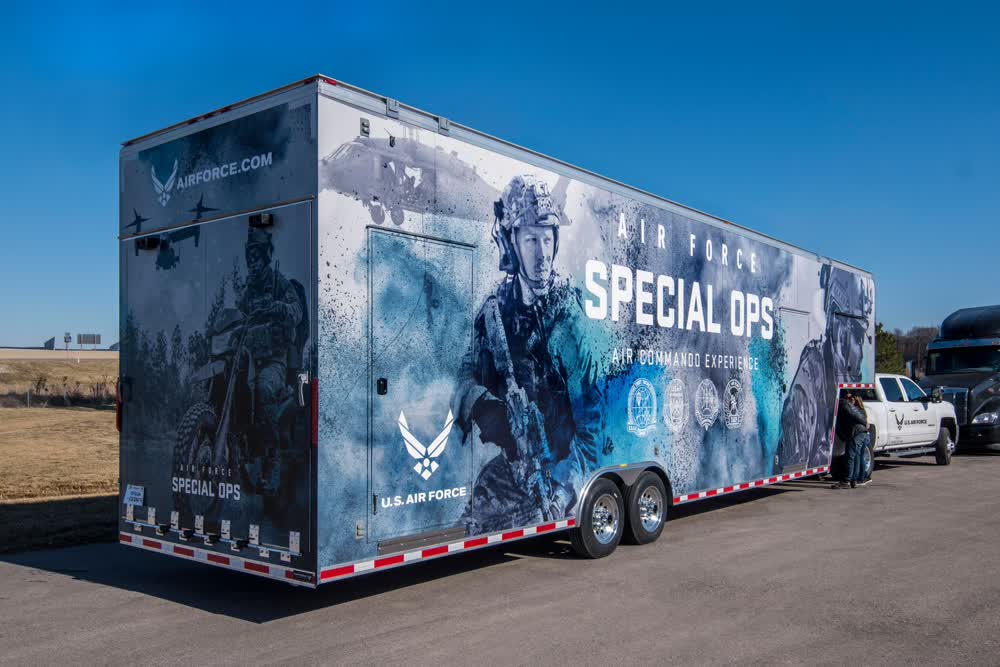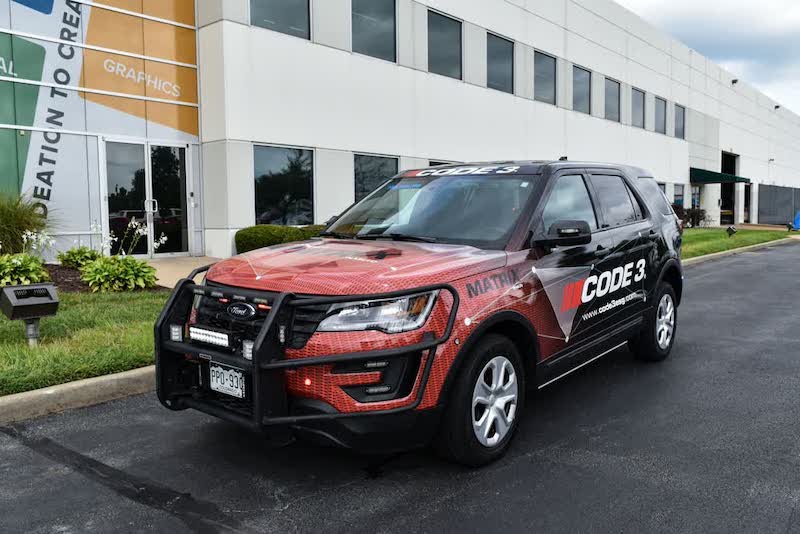Fleet Wraps: Cost, ROI, and Design Best Practices
Fleet wraps are custom vinyl graphics applied to vehicles, turning everyday company cars, vans, or trucks into high-visibility advertising tools....
5 min read
Craftsmen Industries Aug 5, 2025 5:45:32 AM

Maintaining your fleet graphics is more than a cosmetic task, it protects your brand, preserves resale value, and reduces replacement costs. When you invest in high-quality vinyl wraps, you expect them to look great for years if properly maintained. All the vehicles in your fleet can be kept looking new and professional with the correct routine and timely fixes.
This blog takes a deep look at practical steps for caring for your fleet wraps, including cleaning and environmental protection, spot repairs, and professional support.
Let’s get started.
Regular maintenance is the single most effective way to extend the life of your fleet graphics. Without consistent care, environmental factors join forces to degrade vinyl. Sunlight can break down pigments, temperature shifts create expansion and contraction, and road debris scratches the surface. Over time, these stresses lead to faded colors, peeling edges, and a shabby appearance that undermines your brand’s credibility.
Following a maintenance schedule reduces the risk of severe damage and costly replacements. When you address minor issues early, you avoid full vehicle wrap removal and reinstallation, which can cost thousands of dollars per vehicle.
In the sections that follow, let’s take a look at how you can care for your fleet graphics for maximum lifespan.
Proper cleaning forms the foundation for durable graphics. When you use harsh brushes and strong detergents, they can scratch the wrap or weaken the adhesive. To keep your fleet looking its best, follow these instructions:
First, gather your tools and prepare your vehicles. Then consider these steps:
Exposure to ultraviolet light and extreme temperatures accelerates the degradation of vinyl. To mitigate these effects, you should implement proactive environmental protections.
Begin by planning your parking and rinsing strategies, then follow these practices:
Minor blemishes in the graphics demand immediate attention. If you leave them unaddressed, they allow moisture to seep under the vinyl and dirt to accumulate.
You can prevent widespread damage with these targeted actions:
A dedicated protective coating like those featured in our materials and finishes adds an extra barrier against UV, dirt, and moisture. When you apply the coating correctly, you make future cleaning faster and your vinyl more resistant to fading.
Always make sure your wrap is spotless before coating, then perform these actions:
While specific methods protect vinyl, others might damage it. To prevent accidental damage, eliminate these harmful practices immediately:
When you steer clear of these harmful techniques, you can protect the integrity of your wrap. Consistently using approved methods maintains adhesion and appearance long term.
Even the most diligent maintenance routine can benefit from periodic professional attention. Certified installers have the tools and expertise for advanced repairs and inspections.
Here is how to decide when to call them in:
Having professionals inspect your wraps regularly can help keep them looking great and covered under warranty. They catch minor issues before they turn into big problems, so your fleet always makes a strong impression.
You should hand-wash your vehicles on a weekly to bi-weekly basis, depending on local conditions. Fleets near the coast or on dirt roads benefit from more frequent washes. Sticking to a regular schedule helps prevent dirt buildup and adhesive damage.
Yes. Keep the pressure under 2,000 psi and hold the nozzle at a 45-degree angle. Avoid spraying directly at edges. For most fleets, a touchless wash bay or gentle hand‑washing is a safer choice.
Choose a pH‑neutral, wrap‑approved cleaner. Apply it to the affected area, let it soften the residue for a minute, then wipe away with a soft microfiber cloth. Rinse and dry the area afterward.
Gently heat the lifted edge using a low‑heat heat gun or hair dryer. Press it back into place with a soft roller or cloth. This quick spot repair keeps moisture and dirt from getting under the wrap.
Ceramic coatings made for vinyl add UV protection and simplify cleaning. After the wrap is spotless, apply thin, even layers according to product instructions for long‑lasting defense.
Arrange a certified inspection every two to three years or when you notice repeated peeling or color fade. Professionals can perform advanced repairs, refinish panels, and assist in maintaining warranty coverage.
Keeping your fleet graphics in top shape takes consistency, not guesswork. With the proper cleaning habits, protective strategies, and a keen eye for early signs of damage, your fleet branding can withstand the test of time without fading or peeling away. The result is not just a polished look, it’s a stronger brand presence every time your vehicles hit the road.
If you're ready to upgrade your graphics or want expert help with a large-scale application, Craftsmen Industries designs and installs high-performance vehicle and trailer graphics built to last. Explore custom vinyl wraps, weather-resistant materials, and nationwide installation services tailored to your fleet.

Fleet wraps are custom vinyl graphics applied to vehicles, turning everyday company cars, vans, or trucks into high-visibility advertising tools....

So you’ve decided to have your car custom vinyl wrapped, or to invest in fleet wraps, and can’t wait to get it done? Whether you’re going with...

Fleet graphics are the wraps, decals, and branded visuals applied to company vehicles to display logos, colors, slogans, and contact details. They...